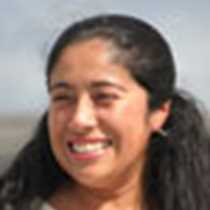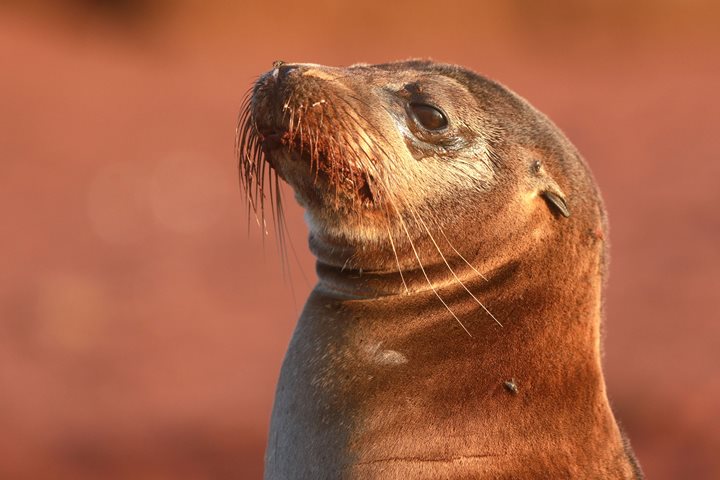Our guests enjoyed a different experience while visiting the most inhabited island of the Galapagos Archipelago: Santa Cruz Island, home and base for the famous Charles Darwin Research Station and the main offices of the Galapagos National Park Service. Today Puerto Ayora town showed every visitor that nature and control tourism is possible nowadays. Lots of efforts are going on in order to preserve these unique islands, and this is only through the hard work of teachers, students, scientists, local authorities, fishermen and all the people that makes Galapagos. Today we visited the giant tortoise breeding center, walked through town, visited the fishermen’s market; went to a local school, visited a local farm, had lunch outside of the ship and walked through the giant tortoise natural reserve. Even back on board, a local group of musicians brought many of our guests to their feet and ended a day that was far beyond expectations! Conservation is the key, and this Archipelago will last for many generations to come.
- Daily Expedition Reports
- 14 Jul 2017
Santa Cruz Island, 7/14/2017, National Geographic Islander
- Aboard the National Geographic Islander
- Galápagos
Vanessa Gallo, Naturalist
Vanessa Gallo’s grandparents arrived in the Galápagos Islands in 1936, making her the third generation of her family to live and work in this magical archipelago. She left the islands for the capital city of Quito for high school, where she discovere...
Read MoreShare Report
Related Reports
11/23/2022
Read
National Geographic Islander II
Isabela and Fernandina
Our day began with the chance to point out a lot of interesting geological features as we enjoyed Zodiac tours along a massive flank of Ecuador Volcano on Punta Vicente Roca. In the afternoon, we took a sunny walk on Punta Espinoza on Fernandina Island. We spotted many iguanas, and a bunch of sea lions hanging around, too.
11/22/2022
Read
National Geographic Islander II
North Seymour & Rabida Islands
Relatively small and low compared to neighboring Santa Cruz, North Seymour is located to the north of Baltra. The island is dry with predominantly low shrubs, like prickly pear cacti. The incense trees are bare during the dry season. Seabirds like frigatebirds and blue-footed boobies nest on the island, and sea lions rest on the sand when they are not fishing. Land and marine iguanas also live here. Rabida is in the middle of the archipelago and has a striking red sand beach. We observed a small colony of sea lions of all ages resting or nursing. Behind the beach, American flamingos nest in a brackish lagoon. This island is full of contrasts and wildlife that we enjoyed observing during this day of expedition.







